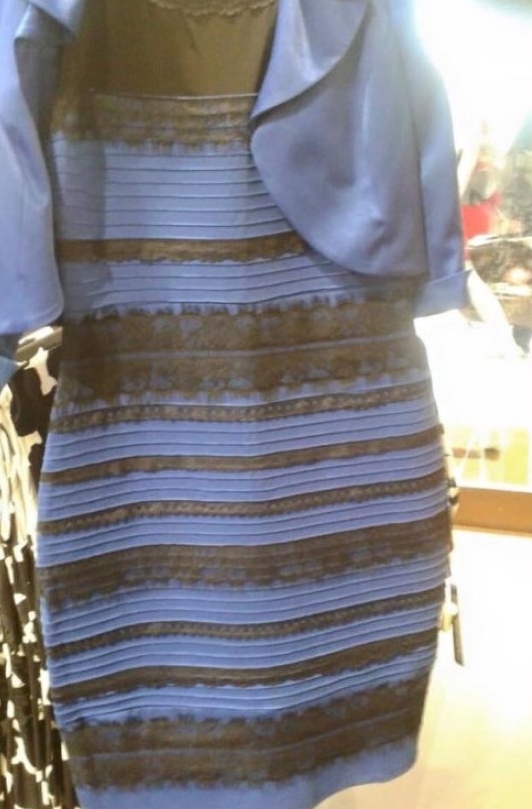The Fermi paradox is the puzzling conflict between the high likelihood of finding alien life or signs of alien life on earth and the fact that we have found none.
There are many explanations for this discrepancy (see Wikipedia Fermi paradox) but they ignore one important factor—self-replicating spacecraft. If we could build a spacecraft that made a copy of itself after it had landed then it can be shown that our galaxy, despite its vast size could be filled with such spacecraft in a few tens of millions of years.
The key question is whether it will ever be possible to build a spacecraft that could replicate itself. Such a spacecraft, although we could not build one today, does not appear to require any breakthrough that is beyond the bounds of current science. If the human race could build such a device ‘soon’, that is within say a thousand years, then thousands, possibly millions, of other civilizations must have been able to build such devices before now. The earth should therefore be full of self-replicating spacecraft.
I can hear you raising many objections but I think they can all be answered. This leaves the ‘Shafe paradox’ :), a subset of the Fermi paradox, ‘where are all the self-replicating spacecraft?’.
Objections Answered
- The galaxy is very big so why do you say it could be filled in only a few tens of millions of years?
- Voyager I would take about 80,000 years to reach our nearest star Proxima Centauri which is 4.2 light years away. Assume that it is possible to build a self-replicating spacecraft (SRS) that is eighty times faster, about 1,300 kilometers per second, then it would take about 1,000 years. Our galaxy is about 100,000 light years across so it would take 24 million years to cross the galaxy. How many stars have planets or asteroids containing the material to replicate a SRS? If we assume one in 1,000 stars then our SRS will replicate itself every 1 million years. If our SRS makes just 10 copies each time then after 12 replications the number of copies travelling across our galaxy will exceed the number of stars in our galaxy, roughly 300 billion. After 100 million years our entire galaxy will have turned into self-replicating spacecraft.
- Is it possible for a spacecraft to survive in space for a million years?
- Not easily. It is possible a small craft could travel faster and it is possible more stars than one in a thousand have suitable material orbiting them. Another solution is that the self-replicating spacecraft is also self-repairing as the two requirements are similar. With suitable spare material and with multiple copies of each part when damage is detected in one copy that copy could be repaired.
- Why would any intelligent lifeform build such a device?
- Because it is possible. If only a small percentage of lifeforms built such a device then we should see them on earth.
- After landing on a planet to replicate could the spacecraft reach escape velocity?
- It may be sensible to never land on a planet as large as earth but to use the material from asteroids to replicate. We should see evidence of this is we examine asteroids closely.

